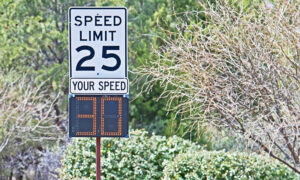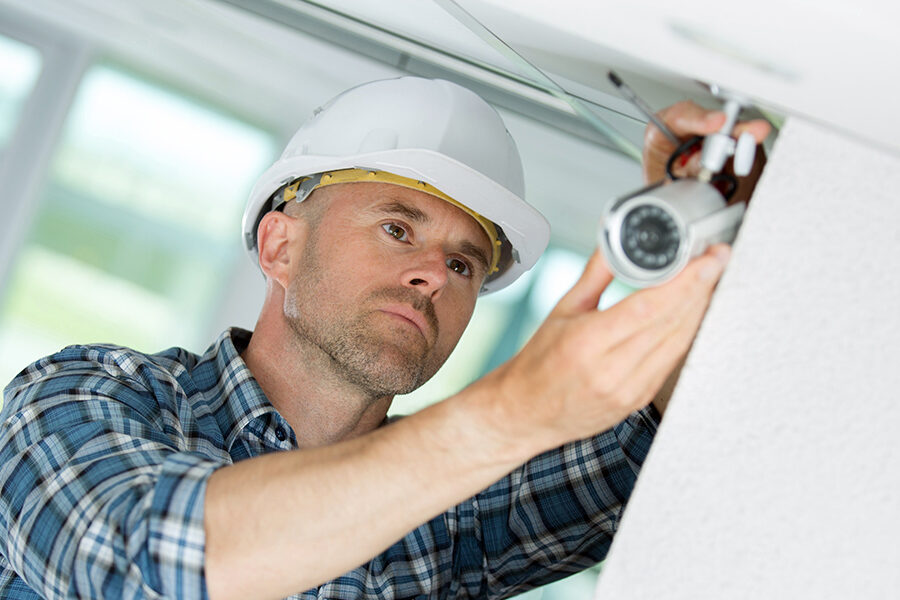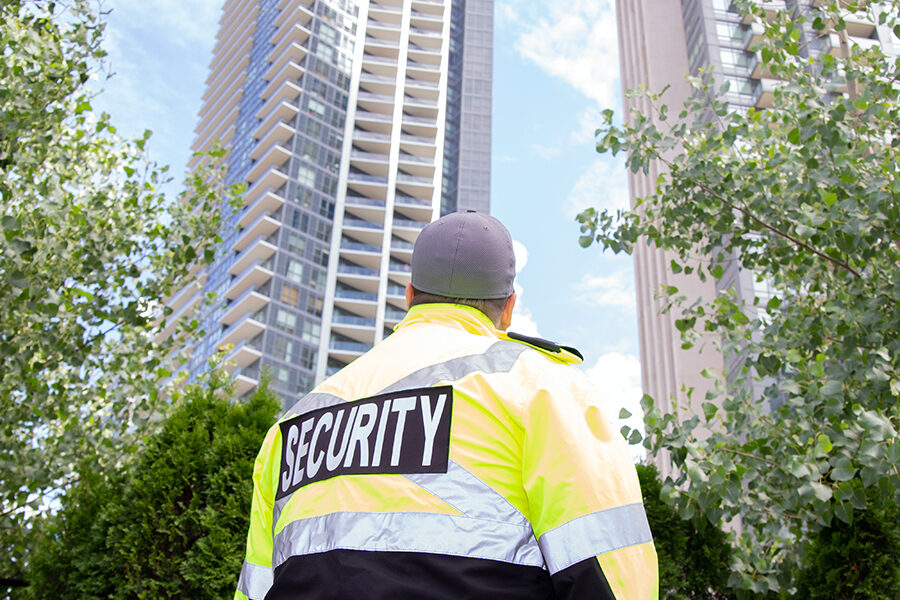HOA safety is a top priority for every community. Keeping residents secure requires a mix of rules, preventive measures, and community involvement. Every HOA should have clear policies and effective strategies to minimize risks. Without them, homeowners might feel unsafe, and property values can drop.
How Important is HOA Safety?
Safety isn’t just about preventing crime. It also includes fire hazards, road safety, and emergency preparedness. A well-maintained HOA should focus on reducing risks and creating a secure environment. By overlooking safety, small issues can turn into major liabilities. Board members should make sure to conduct regular safety evaluations to keep the community running smoothly.
Ways to Improve HOA Security
Associations must take the necessary steps to prevent problems before they arise. Here are key ways to improve HOA safety and security within a community.
1. Use Access Control Systems
Gated communities should make use of access control systems. These include keycards, fobs, and PIN codes, which can reduce unauthorized entry. Additionally, a visitor management system can also improve security by requiring guests to check in before entering. This involves keeping logs of guests to track incidents if necessary.
Apart from that, HOA boards can also implement physical barriers like security gates and fences. This will help further limit unauthorized access. Make sure to also update access codes and credentials regularly to prevent past residents from entering.
2. Improve Lighting in Common Areas
 Poor lighting can attract crime and all sorts of dangerous activities. Dark areas, in particular, are prime spots for this. Board members should invest in proper lighting to illuminate pathways, parking lots, and entrances. This will make it harder for criminals to hide. It will also keep residents safe by reducing trip-and-fall accidents. For better cost-efficiency, HOAs can purchase motion-activated lights.
Poor lighting can attract crime and all sorts of dangerous activities. Dark areas, in particular, are prime spots for this. Board members should invest in proper lighting to illuminate pathways, parking lots, and entrances. This will make it harder for criminals to hide. It will also keep residents safe by reducing trip-and-fall accidents. For better cost-efficiency, HOAs can purchase motion-activated lights.
3. Install Security Cameras
Security cameras can help deter crime and capture illicit activity, but they are a slippery slope. Board members should make sure not to breach any privacy laws. Cameras are best for monitoring entrances, exits, and common areas. They should not point towards private residences or any place where people have a reasonable expectation of privacy.
Associations should also install proper signage informing residents about surveillance cameras. This will help prevent disputes down the road. As for footage, board members should store it in a secure place and make sure only authorized personnel can have access.
4. Invite Local Authorities to Talk
An HOA board can host a safety talk and invite local law enforcement to speak about crime prevention. Police can provide updates on local crime trends and offer security tips. Some agencies even offer free or low-cost security audits for residential communities.
When communities meet with local police, they can foster relationships in the long term. This will make it easier to report suspicious activity. The HOA board should encourage homeowners to attend these meetings and participate.
5. Make Use of Strategic Landscaping
Landscaping can either deter or encourage criminal activity; for the former option, shrubs and trees should not block security cameras or provide hiding spots. It’s also a good idea to install thorny plants near windows to add an extra barrier against break-ins. Properly maintained landscapes can help improve visibility and reduce risks.
Additionally, well-maintained common areas enhance safety. Overgrown bushes and unkempt lawns can be a sign of neglect, making a community seem like an easy target for crime.
6. Review Security Measures Annually
Security threats can change over time. To better prepare themselves, board members must review and update policies at least once a year. An HOA safety committee can help assess new risks and adjust strategies accordingly.
Annual reviews should include security audits, resident surveys, and expert consultations. Associations can also gather feedback from homeowners to understand their safety concerns. Finally, make sure to document everything thoroughly.
7. Consider Professional Services
 Hiring security professionals can be a smart move for HOAs. Security guards can provide immediate assistance in times of emergency. They can also help deter criminal behavior.
Hiring security professionals can be a smart move for HOAs. Security guards can provide immediate assistance in times of emergency. They can also help deter criminal behavior.
Of course, hiring full-time guards isn’t always feasible, especially for communities on tight budgets. As an alternative, these HOAs can hire periodic patrols instead.
Associations also have the option to work with private security firms. These firms help communities develop security plans and provide mobile patrol services.
Common HOA Safety Rules
Safety concerns can vary from one association to another, but having clear rules in place can help prevent issues. Here are the most common HOA safety rules.
1. Visitor Policies
Unauthorized guests can pose security risks. HOAs should require residents to notify management about overnight visitors. Some communities may also need guest parking passes or visitor registration.
Having a strict visitor policy can help prevent unwanted guests from entering and loitering in the neighborhood. It’s also a good idea to limit the number of guests per household, especially during events. This can prevent overcrowding, which is a fire safety hazard.
2. Fire Safety Inspections and Drills
 Regular fire inspections can help ensure that common areas comply with safety codes. To prepare residents for emergencies, HOA boards can work with professionals to conduct fire drills. Additionally, it’s essential to check fire extinguishers and smoke detectors annually.
Regular fire inspections can help ensure that common areas comply with safety codes. To prepare residents for emergencies, HOA boards can work with professionals to conduct fire drills. Additionally, it’s essential to check fire extinguishers and smoke detectors annually.
Beyond that, board members should encourage homeowners to have their fire escape plans. They can conduct their fire drills, too.
3. Lawn Maintenance
Overgrown lawns and neglected properties are safety hazards. Associations often require homeowners to maintain their yards, which is not only for aesthetic reasons but also for security reasons. Unkempt grass and bushes can attract pests and reduce visibility in the neighborhood.
4. Pet Control
Loose pets can pose a danger. Many communities enforce leash rules and require pet waste cleanup. They also don’t allow aggressive animals to roam the neighborhood freely. Pet owners must ensure their animals don’t disturb neighbors as well.
To enforce pet regulations, HOAs can require homeowners to register their pets with the community. This will help the HOA keep track of pets and ensure vaccinations are current.
 5. Speed Limits (For Private Roads)
5. Speed Limits (For Private Roads)
For HOAs with private roads, it may be a good idea to enforce a speed limit. Speeding poses a huge danger to pedestrians as well as the drivers and passengers themselves. Installing speed bumps and warning signs can help control reckless driving.
How to Handle Hoarding Safety in HOA
Hoarding isn’t just a personal problem — it’s a community safety issue. Excessive clutter can lead to an array of problems for the HOA. These include fire hazards, pest infestations, and structural damage. Hoarding may also block emergency exits, making it harder for responders to assist in emergencies.
Since hoarding can be a sensitive issue, boards should handle it with care. Hoarding is a mental disorder, after all. To start, board members can participate in a private discussion with the resident. Perhaps this will help resolve the issue.
If necessary, the HOA board can hire a professional to intervene. There are also plenty of mental health resources and support groups that can help hoarders.
If the hoarding becomes too much and creates safety risks, HOAs may need to take legal action. This usually starts with a violation notice and a deadline to comply with hoarding rules. In extreme cases, board members should work with local agencies and legal experts to ensure proper help and avoid liability.
The Bottom Line
Board members often have a hard time upholding HOA safety. With these tips, HOAs can implement better security measures and enforce necessary rules to prevent problems.
Hillcrest offers HOA management services to communities in Chicago. Call us today at 630-627-3303 or contact us online to request a proposal!
RELATED ARTICLES:
- Should The HOA Install Security Cameras In Common Areas?
- Successful HOA Board: Qualities, Mistakes, And Measuring Progress
- Condo Security: Protecting Residents And Property




